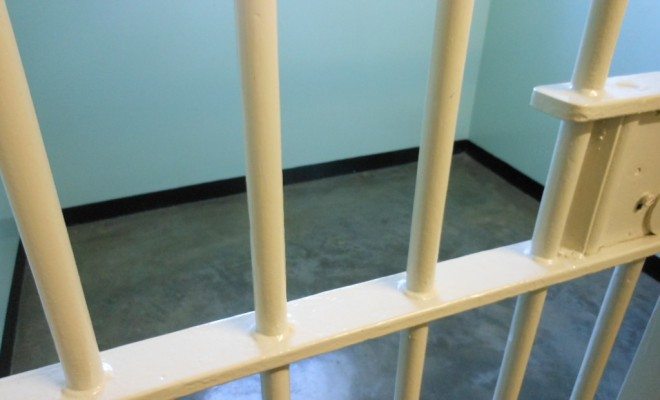 Image Courtesy of [Michael Coghlan via Flickr]
Image Courtesy of [Michael Coghlan via Flickr]
News
Transgender Teen is Imprisoned, But is it Constitutional?
Usually, when a crime is committed, the person responsible for the illegal action goes to jail. Although, this is the correct sequence of events, it is not always what occurs in reality. This was recently proven by the Connecticut DCF system, which placed a 16 year old transgender teen in jail despite lacking one important aspect; technically, she has never been charged with a crime.
On April 8, 2014 a superior court judge ordered the girl, who will remain as Jane Doe to protect her identity, to be transferred from DCF custody to the woman’s prison, York Correctional Institution in East Lyme. This decision was made after the judge heard an overwhelming amount of evidence regarding the girl’s violent acts over the course of six days. The treatment of this youth is deemed appropriate by the Connecticut Department of Children and Families. DCF referred to a legal statute which has not been used in 14 years, granting them the right to transfer dangerous juveniles who cannot be held at a treatment facility. According to DCF, this transfer was necessary because of her past violence against both staff and fellow patients at a number of treatment facilities.
The Jane Doe is a transgender teen who was born as a male and identifies as a female. She has been living within the DCF system since the age of 5, and when discussing her time with DCF explains, “I feel that DCF has failed to protect me from harm and I am thrown into prison because they have refused to help me.”
This has becomes a battle between DCF and the girl’s lawyer, Aaron J. Romano. DCF has made it clear that this youth is uniquely dangerous to both staff and patients alike, making it hard to provide her with proper support within the facility. On the other hand, Romano explains that the girl’s aggression is the result of the sexual abuse that she has faced in the DCF system and should not be the cause of her jail time. Instead, her attorney explains that the girl spends around 22 hours a day in solitary confinement and her condition is deteriorating due to a lack of counseling.
Here are the issues at play:
1. Gender
This case caused a wide spread legal debate, questioning the rights available to not only minors, but individuals who identify as transgender. Historically, the Department of Correction has chosen to place individuals with the inmate population that correlates to their biological gender. However, the court regarded the 2011 bill which makes it illegal to discriminate against an individual based on their gender and identity expression. This caused Jane Doe to be placed in a woman’s prison. While her rights have been granted, this becomes a double edged sword, allowing her to be in a woman’s prison, but forcing her into isolation. This is due to the fact that she is not only considered to be a violent inmate, but one with a male organ, calling into play the issue of rape.
2. No crime was committed.
Another issue is that this youth was never charged with a crime, but moved to an adult prison due to the lack of resources to support her treatment within an alternative facility. Many activists question, if this individual identified with her biological, male identity, would she have ended up in jail? Many agree that she would most likely have been placed into a treatment facility with other males, and much of this stems from DCF’s lack of transgender options.
Romano has filed a legal complaint against DCF and its commissioner, Joetter Katz as well as the State Department and its commissioner, James Duzrenda. The youth’s lawyer charged that the state law used to transfer the teen is illegal because it violates two federal laws. The Juvenile Justice Delinquency Prevention Act of 1974 which provides funds to states in order to follow core protections for youth in the justice system and the Prison Rape Elimination Act of 2003 dealing with the sexual assault of prisoners. Romano is hoping to overturn the “unconstitutional” transfer. The complaint further requires DCF to create programming and treatment specific to transgender children and youth.
While this youth has committed acts of violence, an adult prison facility is not the place for her. I would think that it would be more beneficial for a troubled youth to be working through her emotional turmoil rather than sitting in solitary confinement, where nothing can be done. This is partially the fault of the court system, which opted to place this youth in jail due to DCF’s lack of options. There are not many treatment options for transgender youth or even high risk individuals but changes need to be made. DCF should create new programming to accommodate such circumstances.
[The Huffington Post] [The CT Mirror]
—
Taylor Garre (@TaylorLynn013)








Comments